Hot Mad Science Posts


How To: Turn a Microwave Oven Transformer into a High Amperage Metal Melter!
In this project, you'll learn step by step how to modify a microwave oven transformer into a high-current device that can pump out 800 amps of electrical current, which is enough amperage to melt metal. If you liked the Metal Melter you saw in my previous project, here's how you can make your own!

How To: Turn Water into Fuel by Building This DIY Oxyhydrogen Generator
Here's how to build a sexy looking water-fuel generator that will convert your tap water into an extremely powerful, clean burning gas!

How To: Build Your Own Mini Altoids Guitar Amp for About $5
I love making beeps and bloops with the Arduino pitches library, but sometimes archaic 8-bit tunes just don't cut it. Whether you want your robot to terrify your enemies with a demonic synthetic voice, you just need a pocket boom box on the go, or you want to a miniature guitar amp, a simple LM386 amplifier can crank up those signals loud enough to play through any speaker.
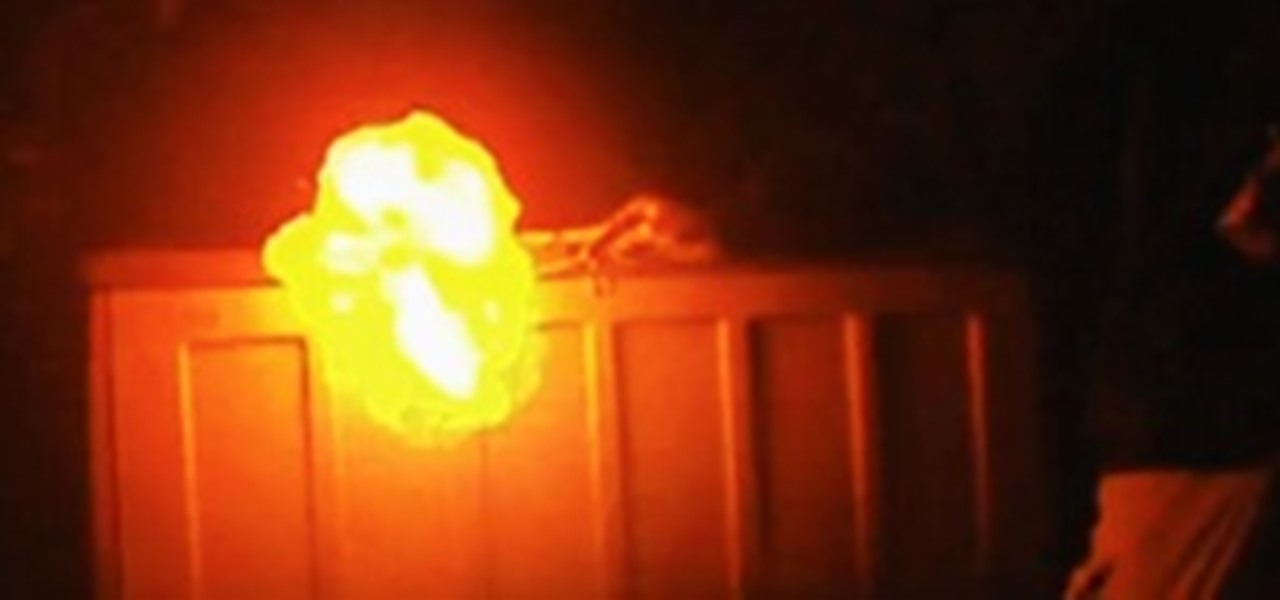
How To: Make a Hydrogen Fireball from Aluminum Foil and Toilet Bowl Cleaner
Balloons are fun, but the helium ones are always more entertaining. So today, we're going to learn how to make hydrogen gas by combining toilet bowl cleaner with aluminum foil. With hydrogen, you get the same lighter-than-air properties of helium, plus it will explode! Historically, this has proven disastrous, but for our tiny-scale experiments, it will be safe and fun!

News: This DIY Mini Tesla Coil Packs 380,000 Volts of Lightning
At one point in time, Tesla coils were actually used for things like wireless telegraphy and electrotherapy, but as technology advanced, they shifted to a slightly more enjoyable purpose—entertainment. What's even more entertaining than using a Tesla coil? Building your own. One of the best portable Tesla coils out there is this mini acrylic version by Daniel Eindhoven, aka TeslaCommander. It's made almost entirely of acrylic plastic, minus the steel sphere, and copper wire and tubing. When t...

How To: Build a Long Range Laser Spy System for Eavesdropping on Your Neighbors
Eavesdropping from a distance can be tricky because it usually requires some sort of bug or transmitter. It's easy to transmit audio through lasers, but you can also use lasers to build a microphone that picks up audio from a distance. LucidScience built the Laser Spy System for about $20. To make your own, you'll need a cheap laser pointer, an NPN phototransistor, a headphone amp, and a few other small pieces listed below. A light-to-sound circuit is installed in a small plastic box with the...
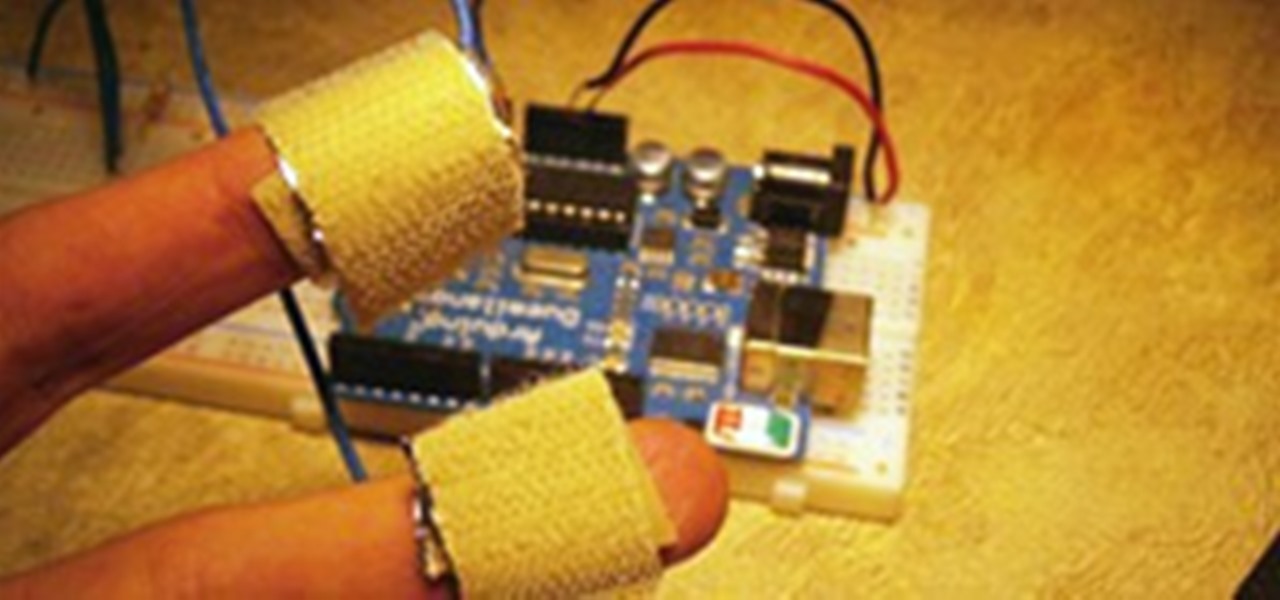
DIY Polygraph Machine: Detect Lies with Tin Foil, Wire and Arduino
Lying is awesome. From a very young age, children learn that flat out denying the truth gets you out of trouble and helps keep you calm in the face of horror. But what happens when you just have to know if someone, say, used your toothbrush? You could ask them to take an expensive and arduous polygraph test.

How To: Make a Lethal Traveling Arc of Electricity with a MOT-Powered Jacob's Ladder
With the microwave oven transformer (M.O.T.) salvaged in a previous project, a simple electrical circuit can be rigged to get high voltage arcs to fly outward and upward along a "V" shaped spark gap.
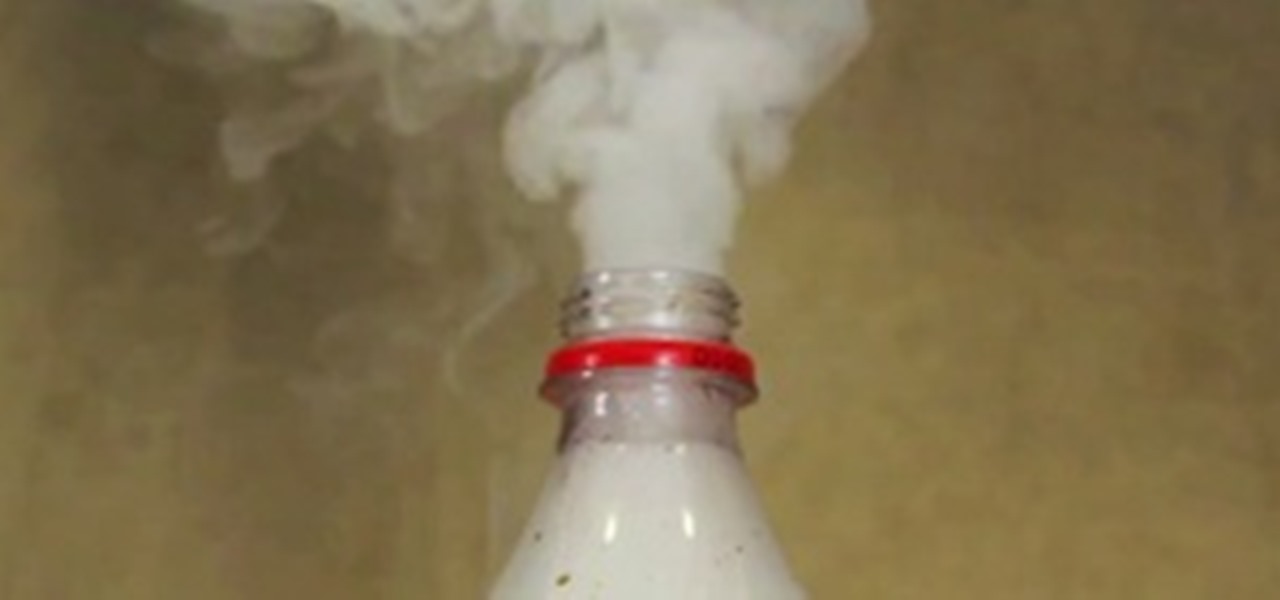
How To: Make a Simple Fog Machine to Prank Your Roommates
Like theme music, I always feel that I need more fog in my life. Fog can be useful for many reasons—warding off smaller siblings from your bedroom, keeping curious hands out of your cupboard, and tricking your friends into thinking there's something horribly wrong with their vehicle. So, today we'll be making a very simple fog machine for small scale applications.
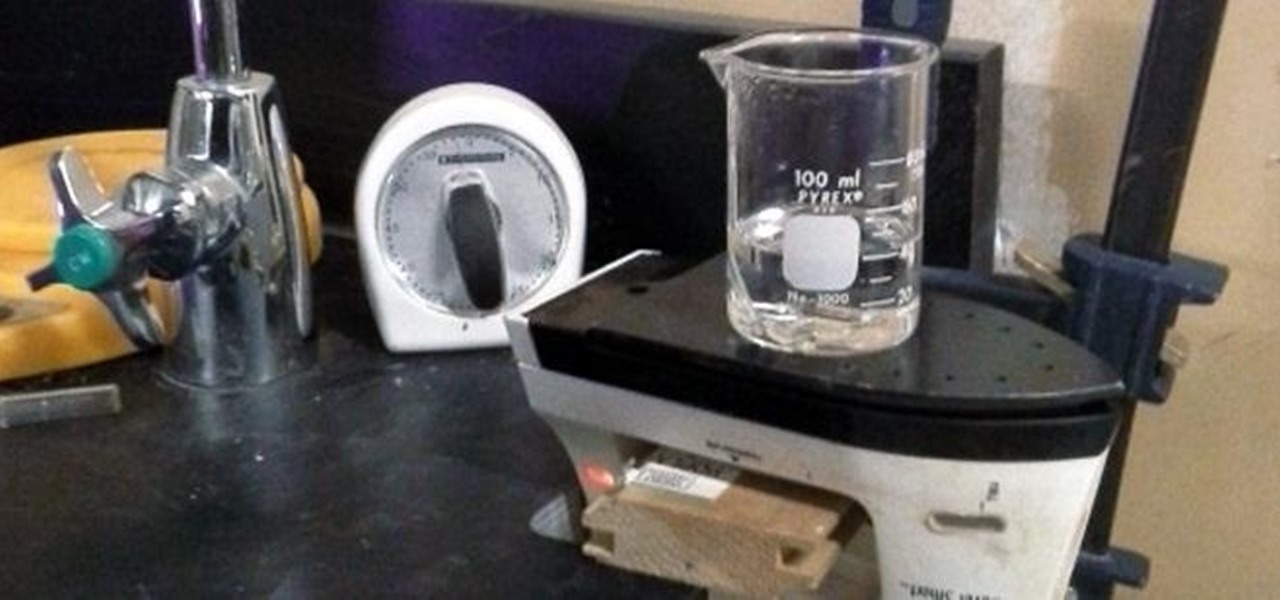
How To: Need a Hot Plate? Use an Iron as a Quick (And Free) DIY Alternative
If you're the kind of person who frequently does science experiments at home, you probably have a hot plate. But if you're more of an occasional amateur scientist (or just don't want to buy one), it's much easier to hack your own.

Spice Rack Explosives: How to Make Gunpowder with Salt & Sugar
The best chemistry experiments are those you can perform with items already laying around your house. With only some sugar, salt substitute and an instant cold pack, you can make your very own gunpowder! Being able to make homemade gunpowder without a trip to the store can be a lifesaver, no matter if it's just for testing out a Civil War-era musket, blowing up stubborn tree stumps, or preparing for battle when imperialists overrun your country.
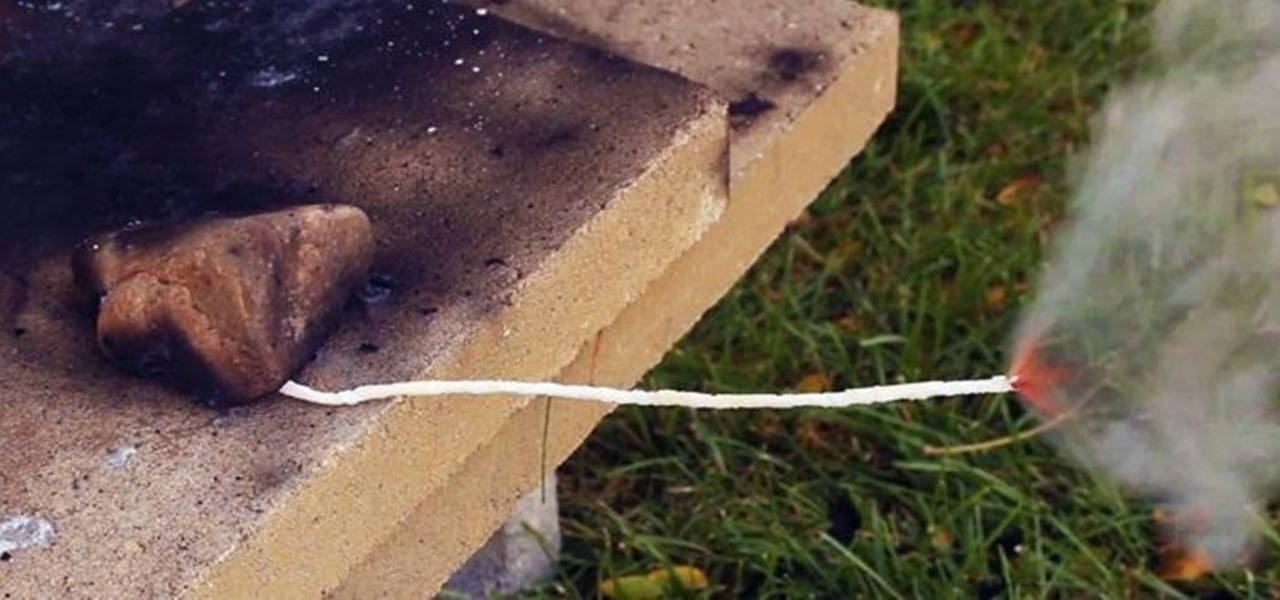
How To: Make Slow Burning Fuses from Yarn, Sugar, & Potassium Nitrate
Here's how to make a simple form of a slow burning fuse from materials around the house. WARNING: Ignition of an incendiary or explosive material may not be legal in your area, so check local laws before attempting. Use of this video content is at your own risk.
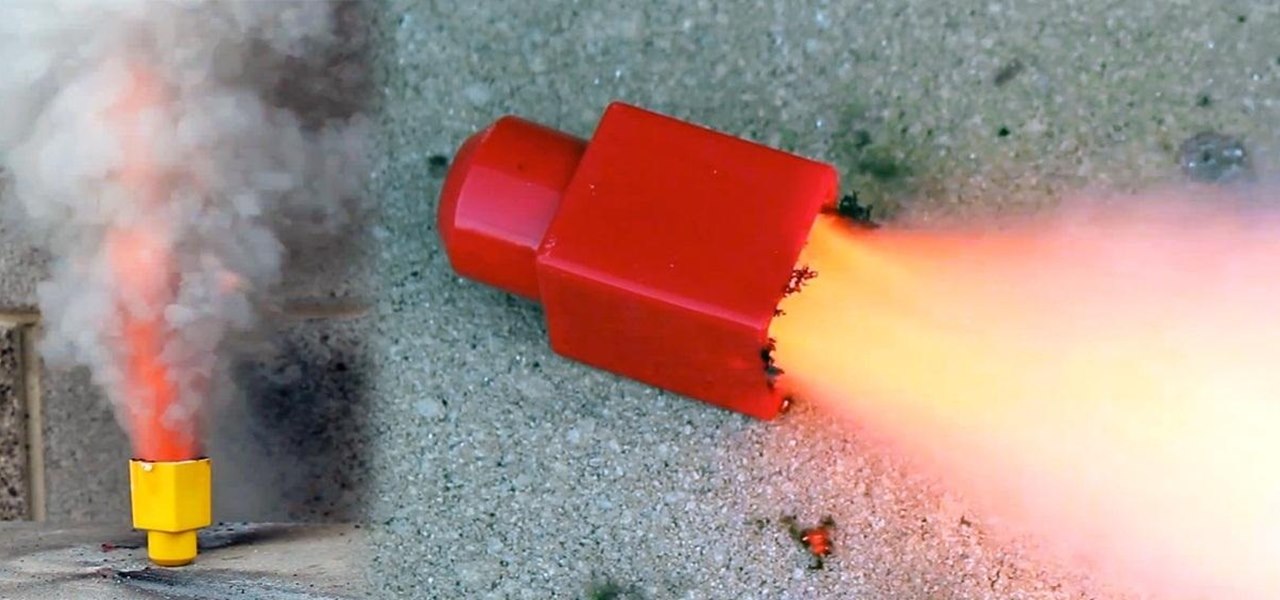
How To: DIY Rocket Propellant! How to Cook Solid Rocket Fuels Using Common Household Ingredients
Cooking isn't something that interests me much, unless it results in a fast burning fuel and a successful rocket launch!
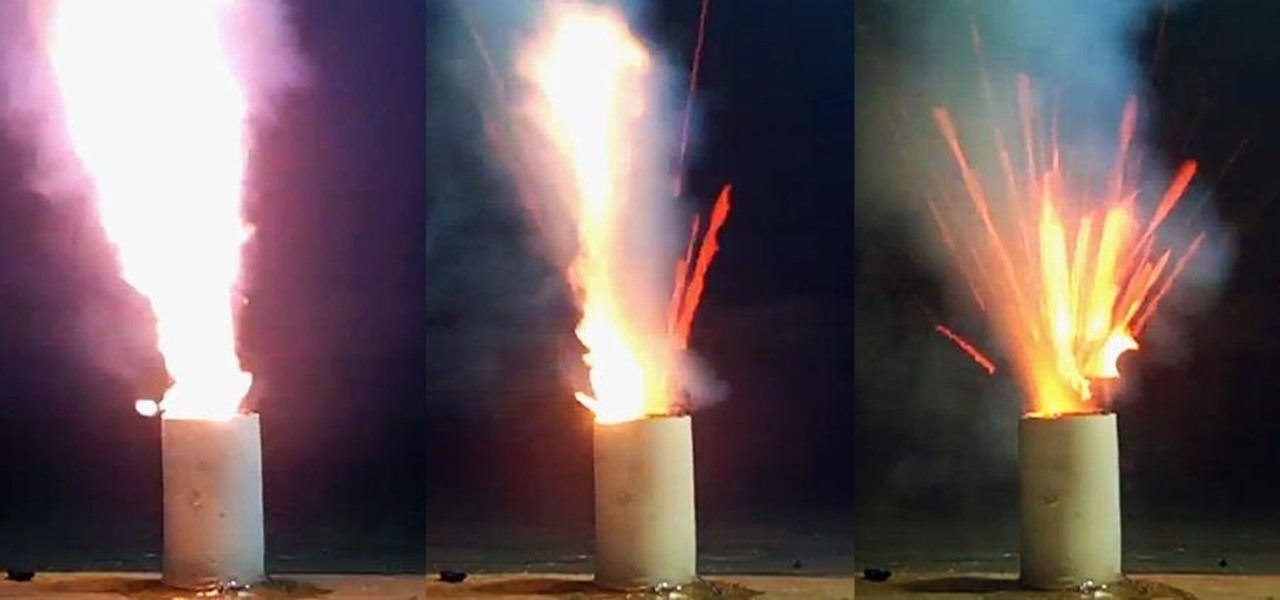
How To: Make Solid Rocket Fuel at Home with Old Newspapers
Old newspapers come in handy for many different uses around the house, from birdcage liners to shipping cushioning and even a little fish cooking. But for backyard rocket scientists like Markus Bindhammer, they're more suitable as an ingredient for rocket propellant.
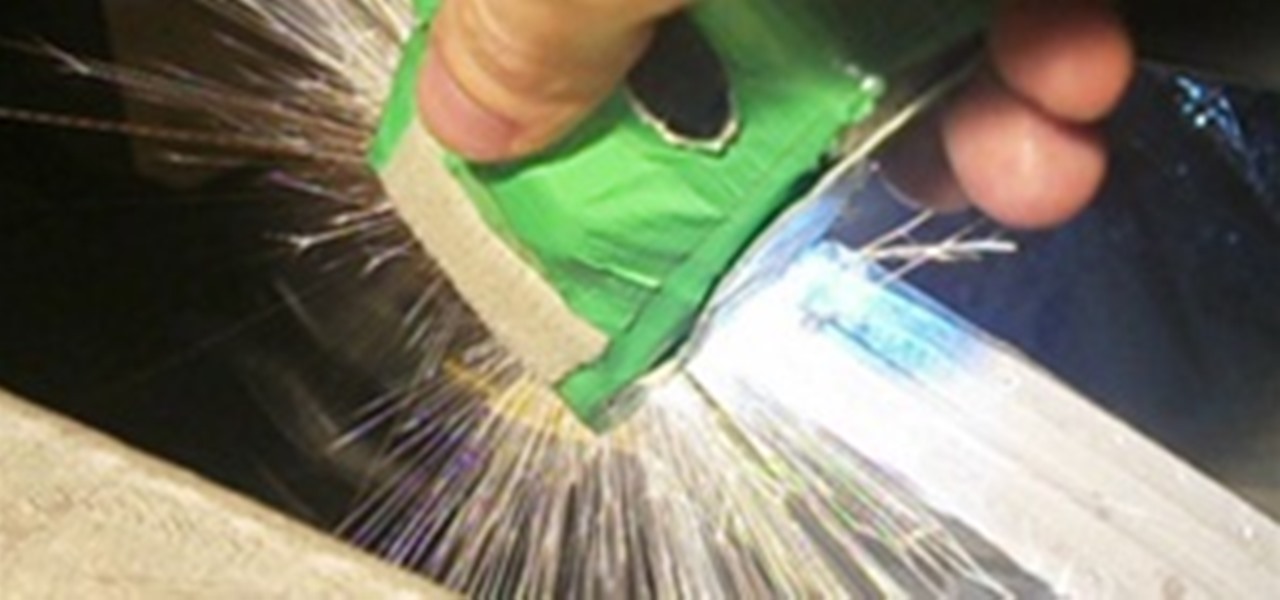
How To: Weapons for the Urban Guerrilla: Make a Taser from a Disposable Camera
The agents of empire do not always arrive with warning. When you are besieged, surrounded, and infiltrated, imagination is often your best weapon against the oppressors. If all you have at hand is some duct tape and a disposable camera, fear not, you have the makings of a powerful taser!
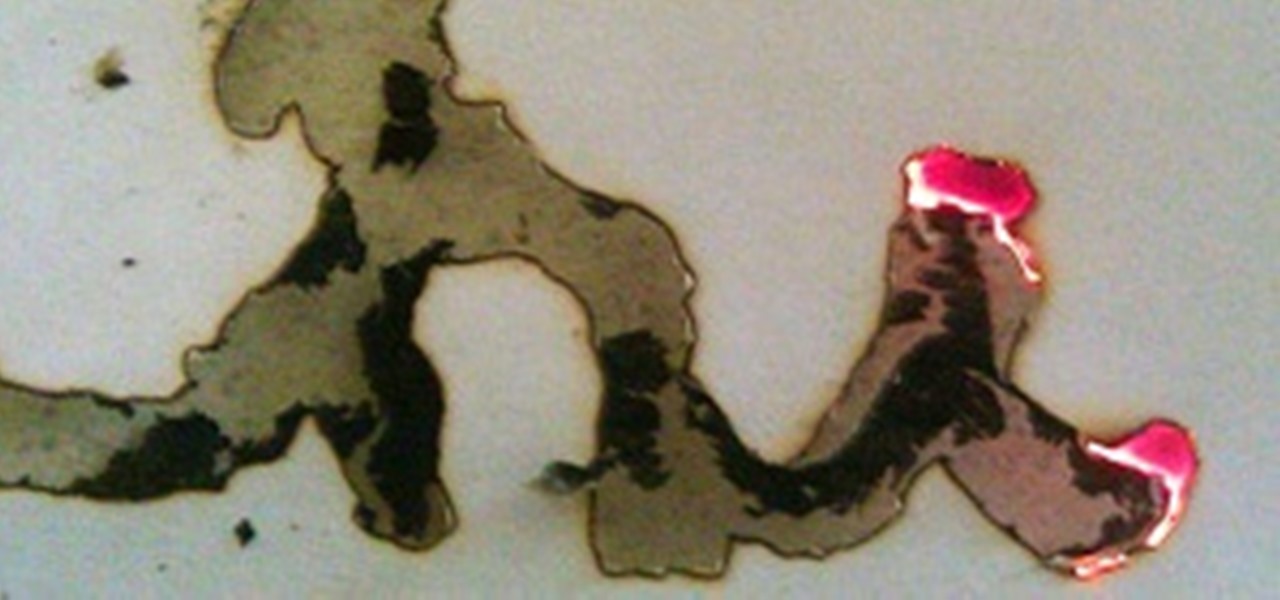
Fire Texting: How to Write Secret Messages with Fire
Writing secret notes with lemon juice was one of my favorite pastimes as a child. All it took was a small flame to lightly scorch the paper and reveal the hidden message. Now that I'm tall and pay bills, lemon ink just isn't exciting enough anymore. Luckily, we can use another kind of invisible ink to write in fire! By using the saltpeter, we can whip up invisible fire ink in no time.
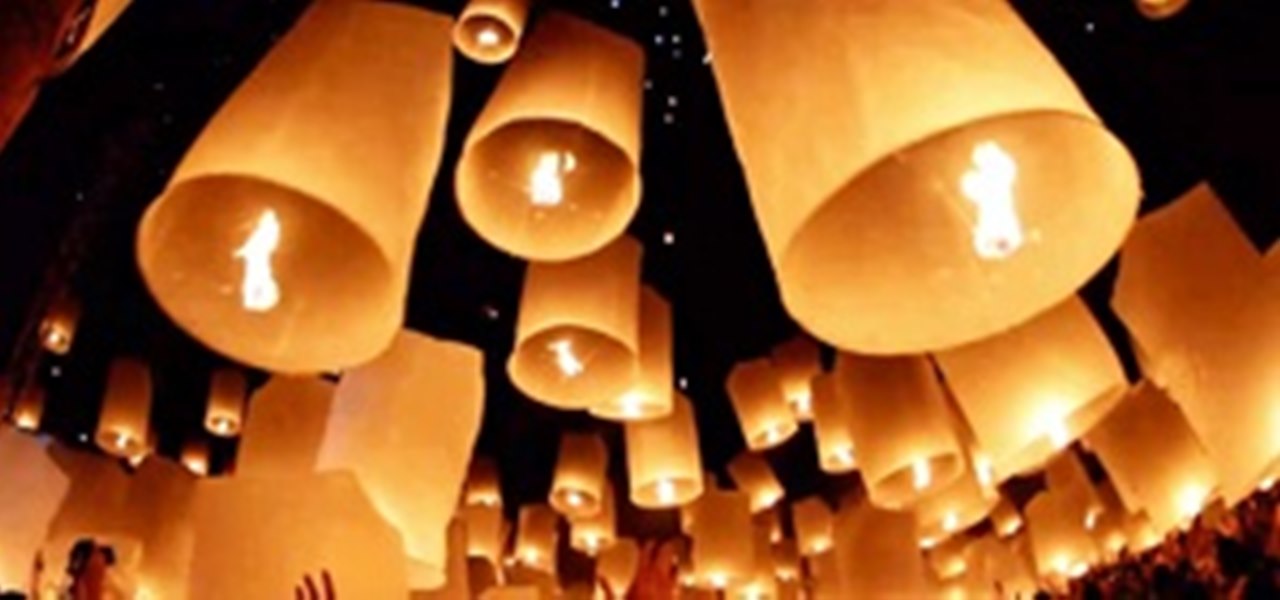
Elementary Sputnik Satellites: How to Make Trash Bag Hot Air Balloons
Sputnik was the very first man-made object to be sent into space. Though it was a truly epic accomplishment, all this Soviet sky surfer actually did was transmit a constant beeping noise back to the surface.
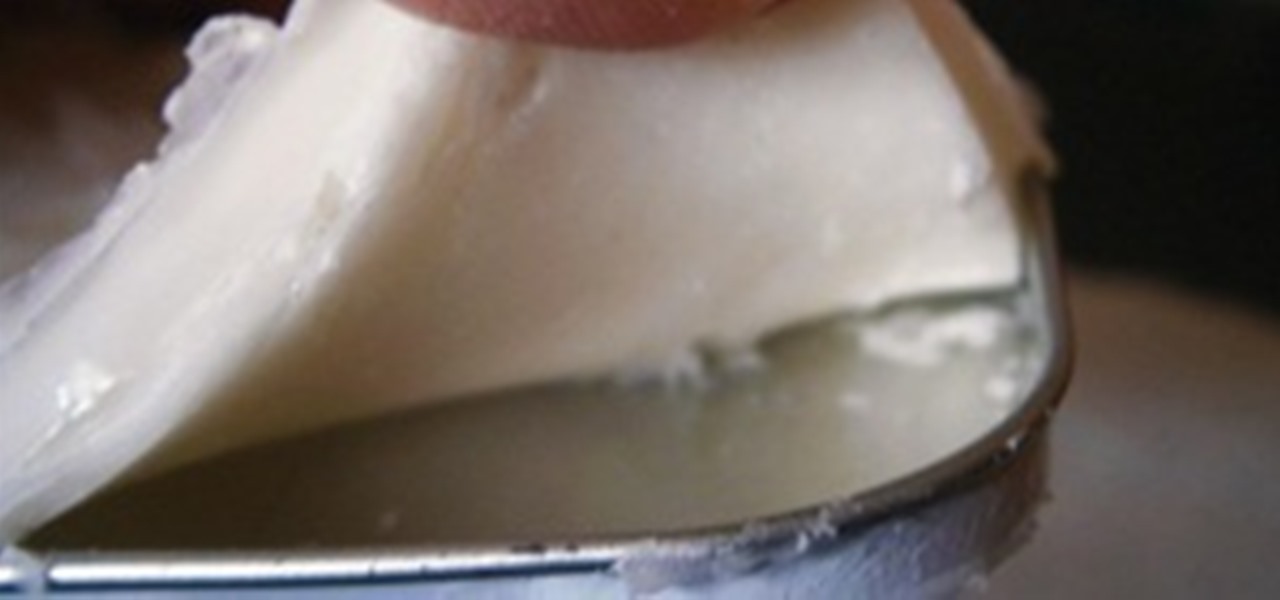
How To: Create Your Own Cast and Oogoo to Give Your DIY Gadgets the Shape You Want
I think it's fair to say that every maker yearns for a 3D printer. You can replace circuit board connectors, fix your glasses, create ski grips, and make whole machines out of printed plastic parts—even a 3D printer. But without a 3D printer on hand, you can always resort to Sugru.
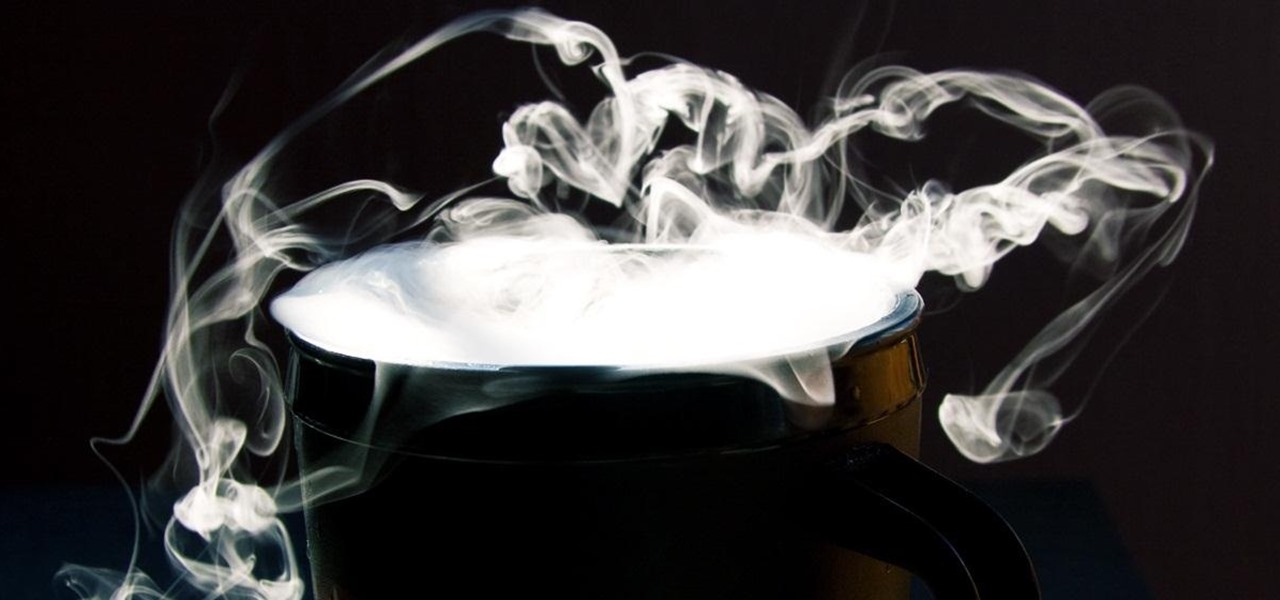
How To: Make Super Fizzy Carbonated Beverages at Home with Dry Ice
Want to make your own soda or maybe just bring a dull one back to life? Homemade sodas don't always live up to the store bought ones because they can taste flat by comparison. This quick and easy method makes super fizzy drinks with only four ingredients. Because putting dry ice in a sealed bottle would effectively turn it into a bomb, you'll need to make a safety valve for the bottle.
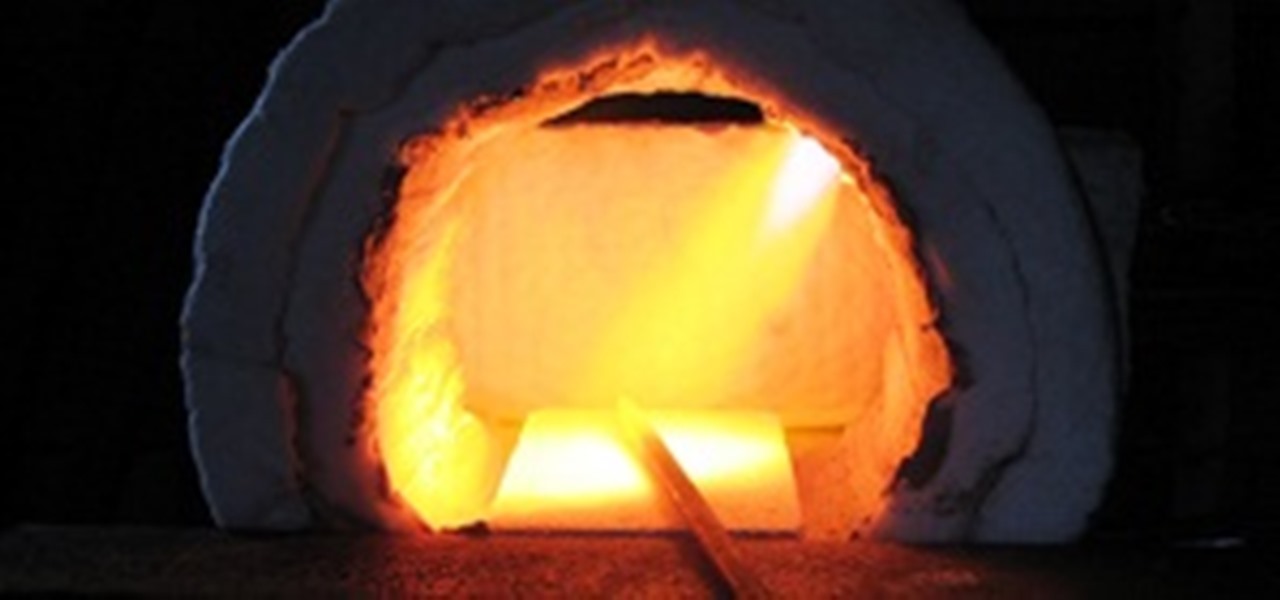
DIY Blacksmithing: Forge Your Own Steel at Home!
Metal is a great material to work with. It's rigid, tough, malleable and conductive, but sometimes the part we need doesn't exist in any store. In order to create custom pieces, you need to either melt the metal and cast it in a mold, or heat it until it's soft enough to shape with your hammer. Properly melting metals can be a bit dangerous in our home shop, but we can make a coffee can forge for all of our home blacksmithing needs.
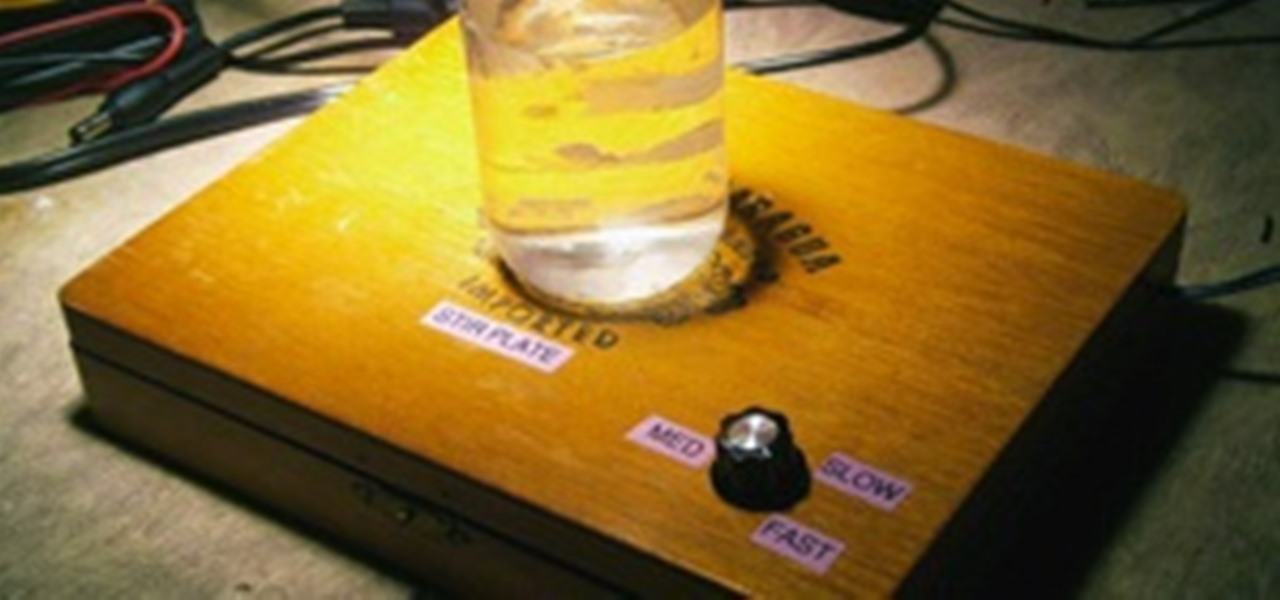
DIY Lab Equipment: Make a Magnetically Controlled Cigar Box Stir Plate
If you've ever been inside of a real laboratory, you probably noticed how expensive the equipment is. You'd never be able to afford even just one of those ultra high-tech machines required to splice genes or split atoms. Even the lesser machines can be prohibitively costly, including a stir plate.
How To: Make Your Solar-Powered Projects More Efficient with This DIY Sun Tracker
Omniscience is not required to make some really cool shit happen. Yes, it took a while, but we can make fuel from the Sun! Solar panels are basically our answer to God. And now that we can make solar electricity, finding the most efficient way to harvest it is tricky.

How To: Make a Mini Flamethrower, Exploding Fireball, & Flint Bomb Sparkler with Disposable Lighters
Whether you've got an itch for a mini-flamethrower, a shower of burning sparks, or a exploding ball of flames, these little fireworks-producing lighters may be the answer to your pyrotechnic cravings!
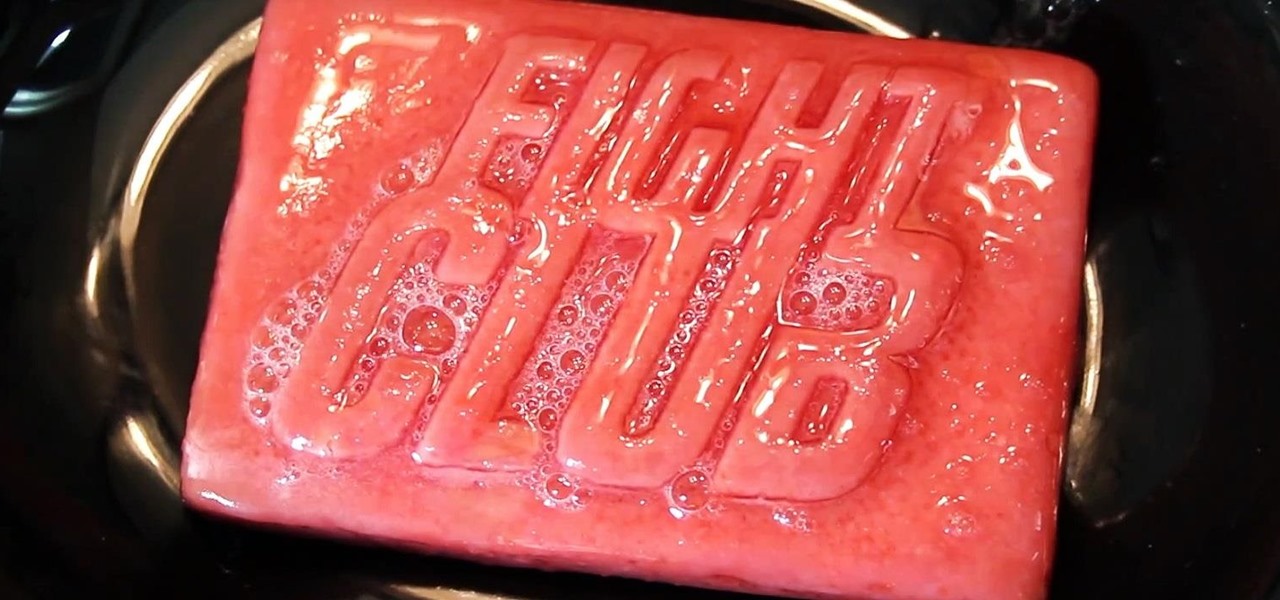
How To: Make "Fight Club" Soap Out of Bacon & Drain Cleaner
To make soap, you need fat, and if you've seen Fight Club, you're probably well aware of where soapmaker Tyler Durden got his fat from. Liposuction clinics. If you're not willing to go that far for a perfect bar of homemade soap, you can just use some drain cleaner and America's favorite food instead—bacon!
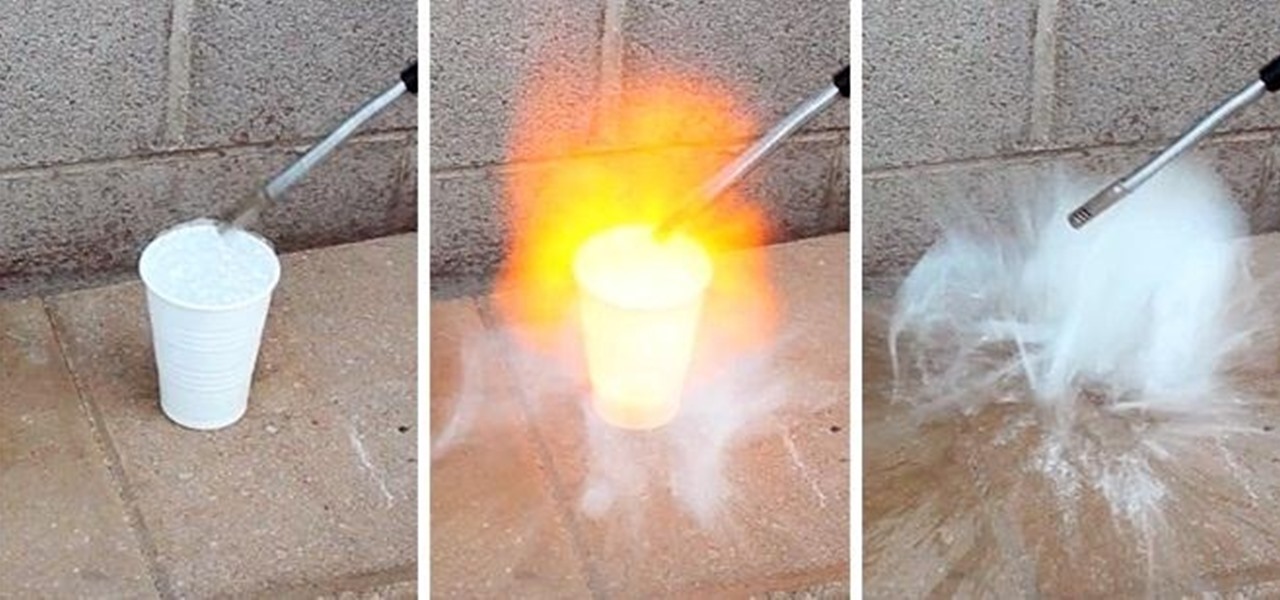
How To: Turn Ordinary Water into Explosive Gas That Goes KABOOM!
Maybe not water per-se, but with this simple technique you can turn one of the most abundant materials on earth into a highly explosive gas.
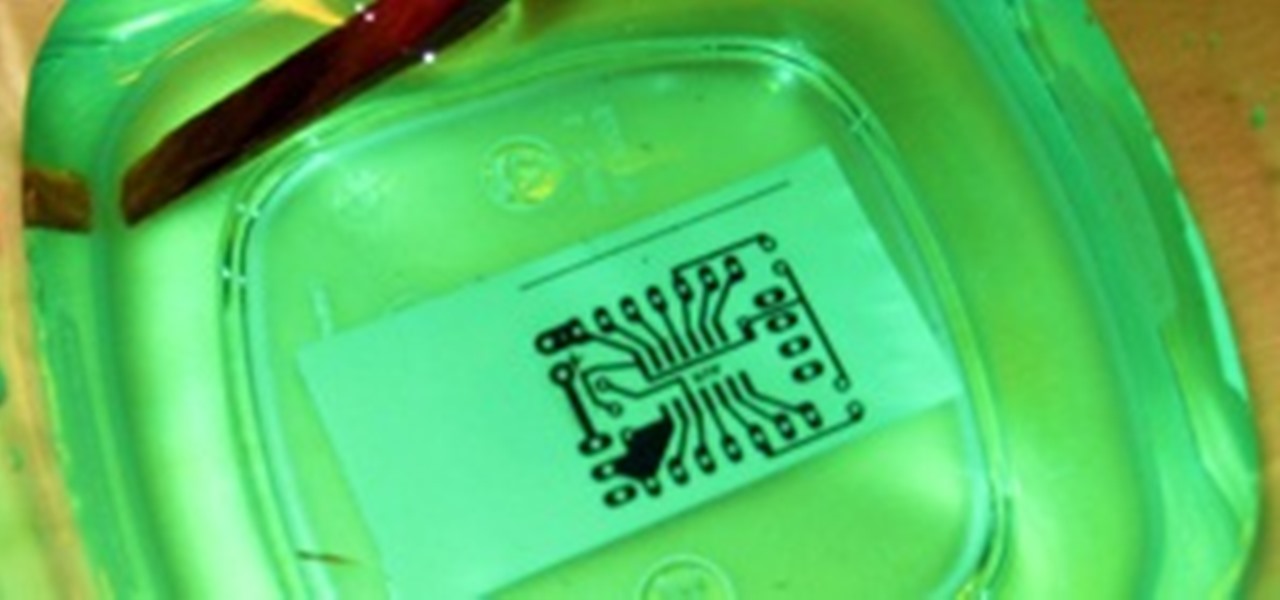
How To: Create a PCB Etchant That Automatically Improves After Each Use
Etching your own circuit boards is tons of fun, but etching requires strong chemicals to dissolve the copper plating on blank circuit boards. The normal ferric chloride solution works well, but can be expensive and leaves permanent stains. Luckily, we can whip up our own etchant at home with everyday chemicals! Better yet, our new etchant will turn an eerie green color rather than the dull brown of ferric chloride.

How To: Make a Fake, Pirate-Worthy Gold Bar on the Cheap
I loved the Gold Rush unit back in third grade. We went up to the American River and panned for gold, and my panning skills balled above all. I got like three tiny pellets. Of course, it was all fool's gold, aka pyrite, but it was still pretty legit. And this was before wearing gold chains was cool—or not.
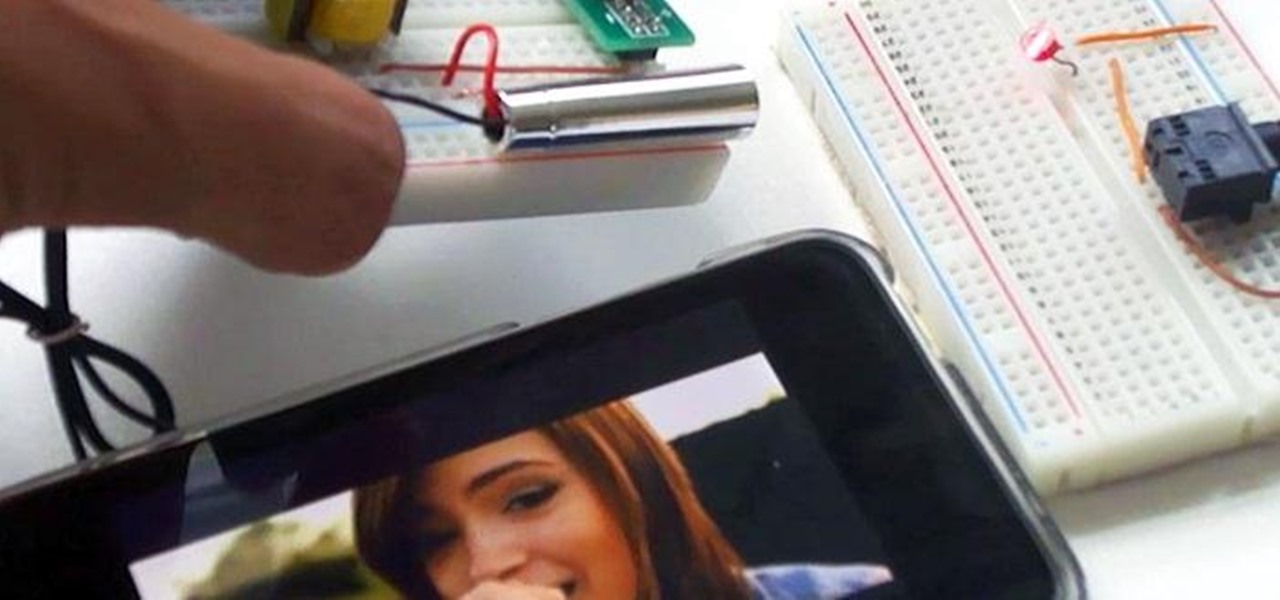
How To: Send Your Secret Spy Messages Wirelessly Through Light with This DIY Laser Audio Transmitter
Looking to transmit some super-secret audio communications to your other spy buddies? A laser is the perfect tool for getting your sounds heard from a small distance—without anyone intercepting them— even if it's just a cover of your favorite pop song. A laser audio transmitter uses light rather than radio waves to transmit sound. This is a much more secure way to send audio communications because the laser is a focused beam of light, whereas radio waves are not controlled, so they can be pic...
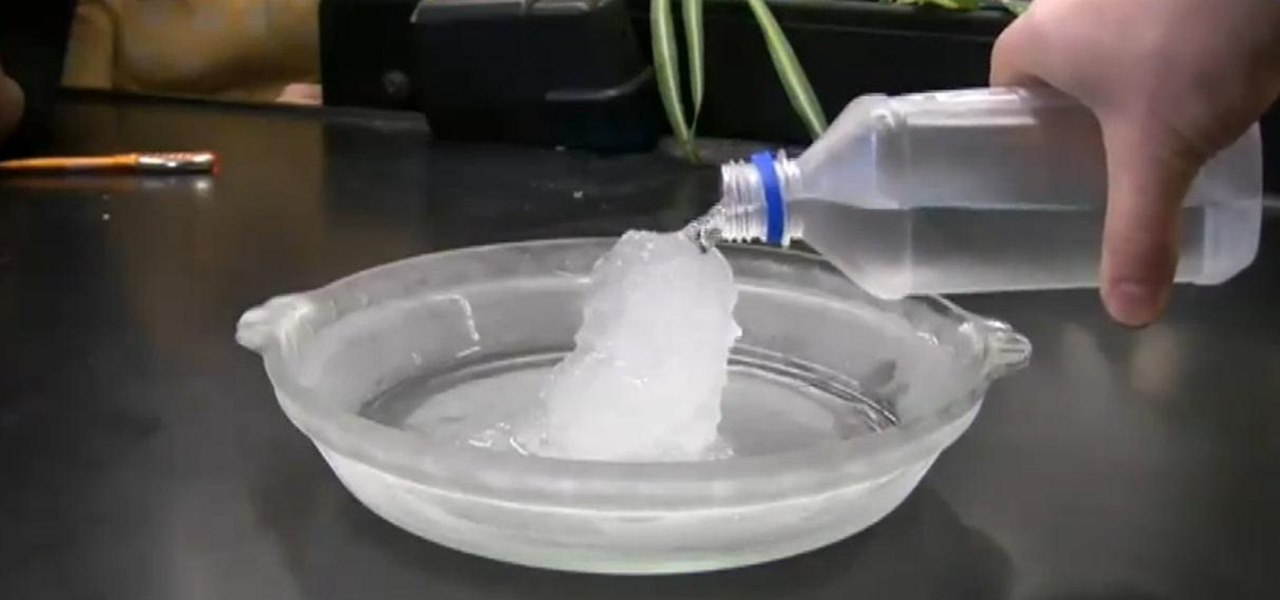
Supercool Science Trick: How to Turn Water into Ice on Command
This is an awesome little science trick that has to be seen to be believed. Simply by emptying a bottle of "supercooled" water into a glass, you can watch it turn into ice right as your pour! It's no magic trick or chemical craziness—it's normal water and you can try it yourself right in your own home.
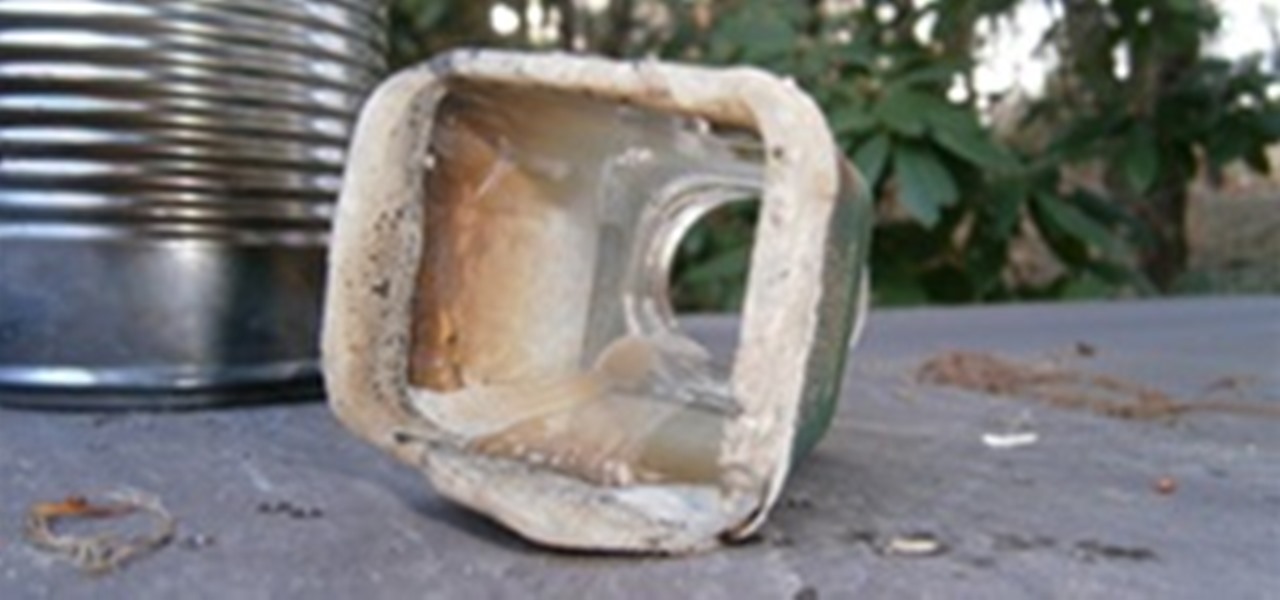
Glass Cutters Are for Tools: How to Dissolve Glass Using Sodium Hydroxide
Glass is one of the least reactive substances known to chemistry. It is the standard container material for almost all lab chemicals because it's so inert. But there are a couple of substances that have strong reactions with glass. Sodium hydroxide, aka solid drain cleaner or lye, can easily be stored in glass as a solid, but when molten, it reacts violently with glass and can actually dissolve it away! So, the next time you clog up your drains with broken glass beakers and flasks, rest assur...

How To: Make Your Own "TV-B-Gone" to Silence All Televisions That Oppose You
Whether you're in an airport, restaurant or waiting room, the insidious grip of televisions on human life is omnipresent. Sometimes it's nice to talk to other human beings while looking at them directly—actually hearing what they have to say.
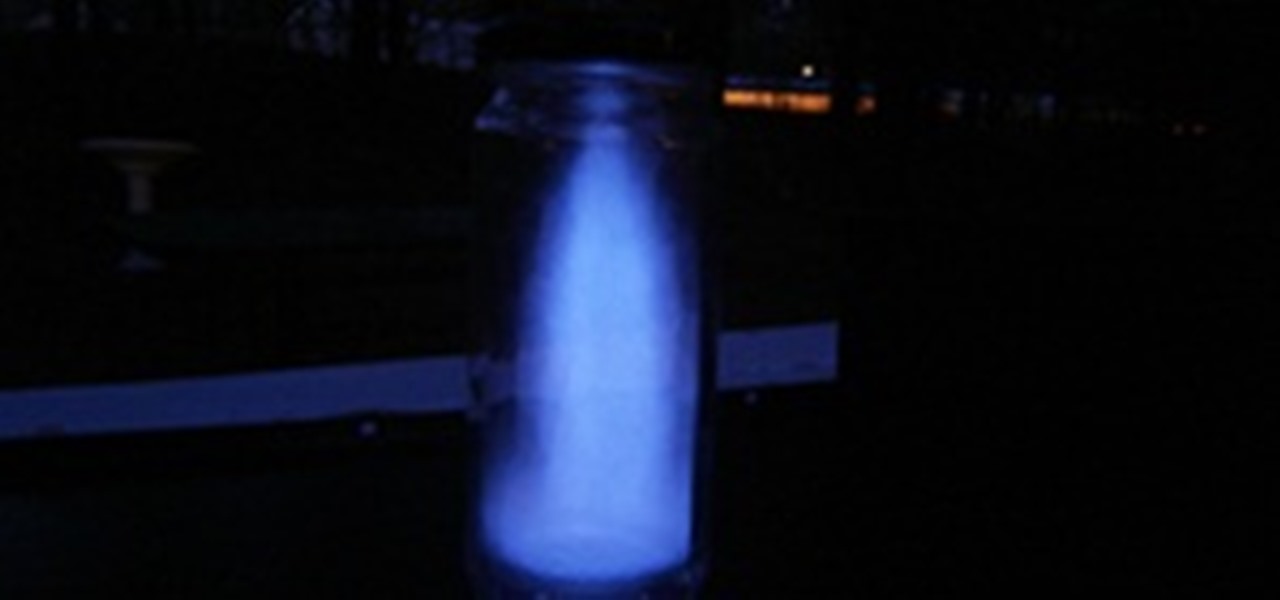
How To: Your Personal NASA Program from Garbage: How to Build a Pulsing Jar Jet Engine
Jet engines combine oxygen from the surrounding air with on-board fuel to burn at very high temperatures and create thrust in the direction of the flame. Rockets, which we will learn about in a later post, are similar but carry oxygen internally and can therefore function in space!
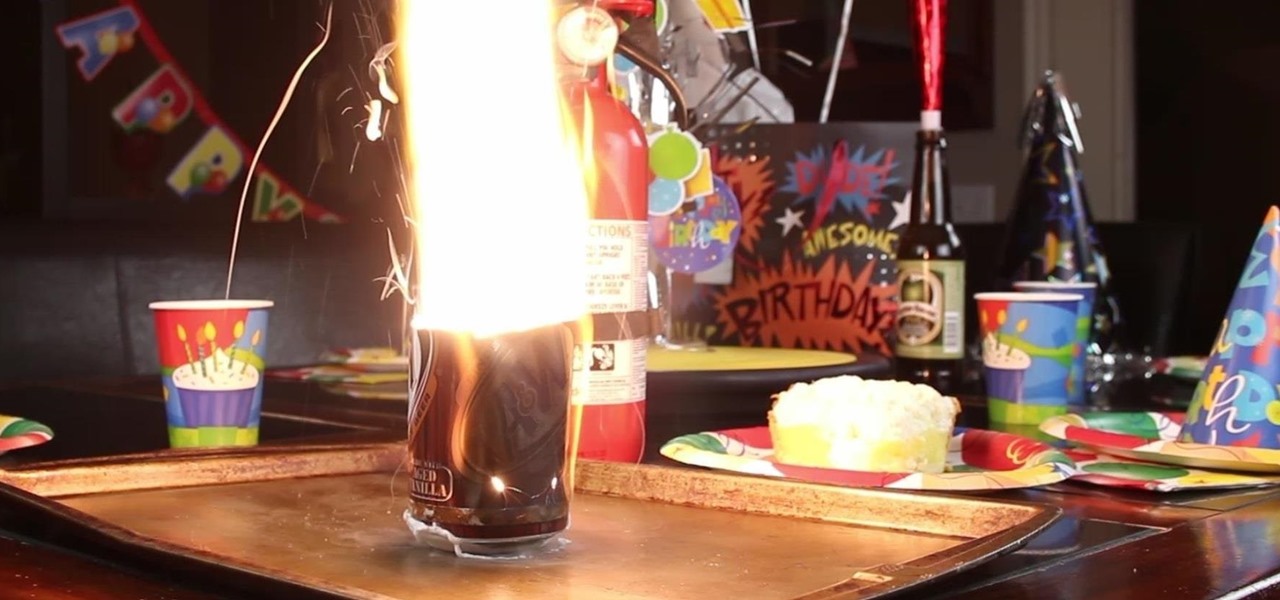
How To: 10 Things to Do at a Birthday Party with Liquid Nitrogen
If you've got a birthday party to plan for a young budding scientist coming up, a little nitrogen should do the trick. In this project, I'll show you 10 "super cool" tricks with liquid nitrogen that you could try, but probably shouldn't!
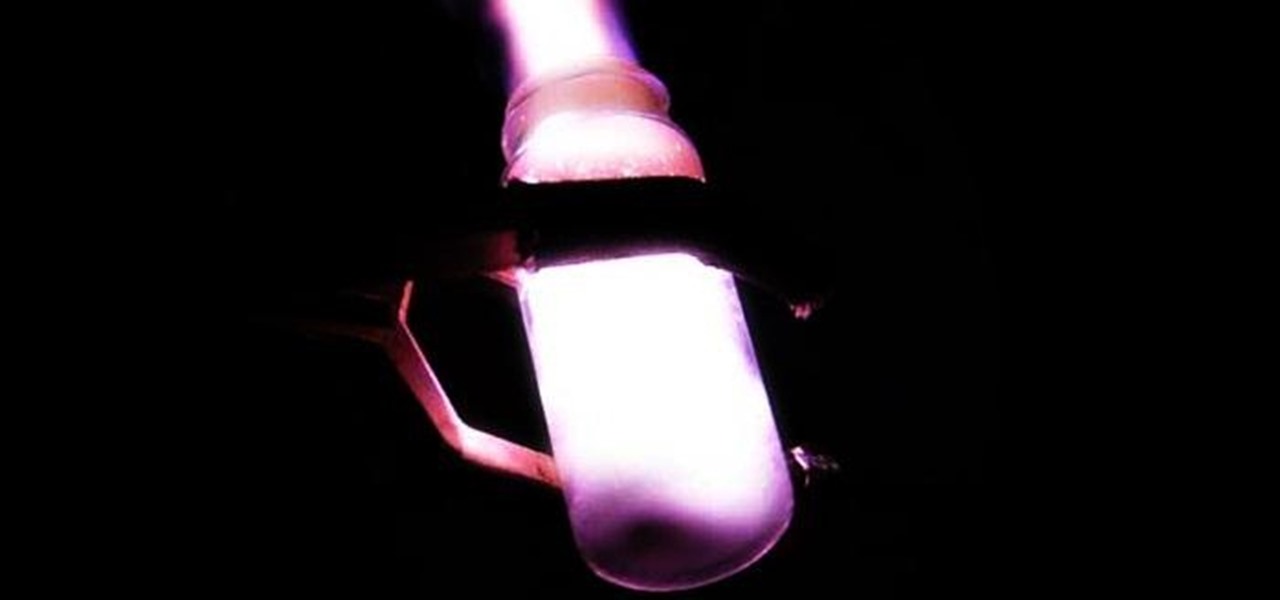
News: Potassium Chlorate—How Pyromaniacal Mad Scientists Take Care of Cockroaches and Pesky Gummy Bears
Pyromania is definitely nothing new on WonderHowTo. From flamethrowers and hydrogen fireballs, to flame-making pistons and wine corks, to simply burning steel wool fireworks and DIY smoke mix, we've covered it all. But when pyromaniacal mad scientists feel the need to release some tension in the lab, gummy bears and cockroaches become the victims of euphoric oxidation by way of molten potassium chlorate. A recent video by famous YouTube chemist NurdRage shows one of mankind's most despised cr...
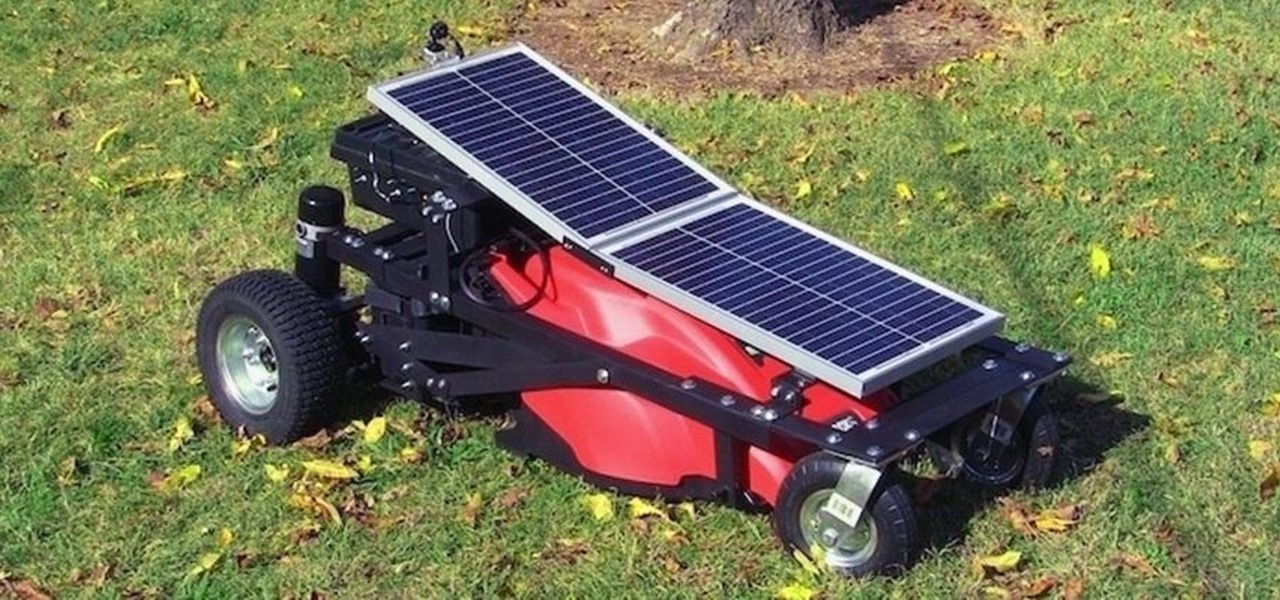
How To: DIY Solar-Powered, RC Lawn Mower: Cut Your Grass Without Ever Leaving the Couch!
One of the most annoying things about summer is mowing the lawn. Depending on how big your yard is, it can mean spending hours out in the hot sun while you could be doing something a lot more fun like watching the Olympics or making giant soap bubbles. Reclaim your summer with this remote control lawn mower that does all the hard work for you.
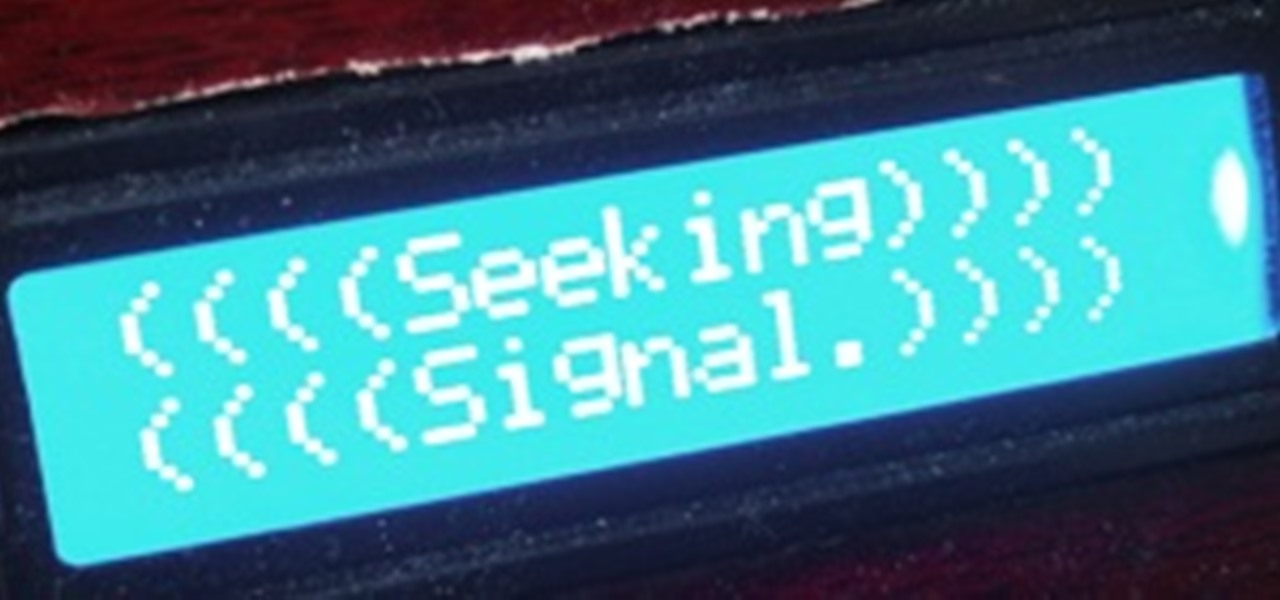
Backwards Geocaching: How to Make a Reverse Geocache Box
If you've never heard of geocaching, it's kind of a grown-up treasure hunt you play everywhere in the world. GPS coordinates are given as clues and the players must find the cache box. There is usually a log book to write your name and a small toy or present to collect.
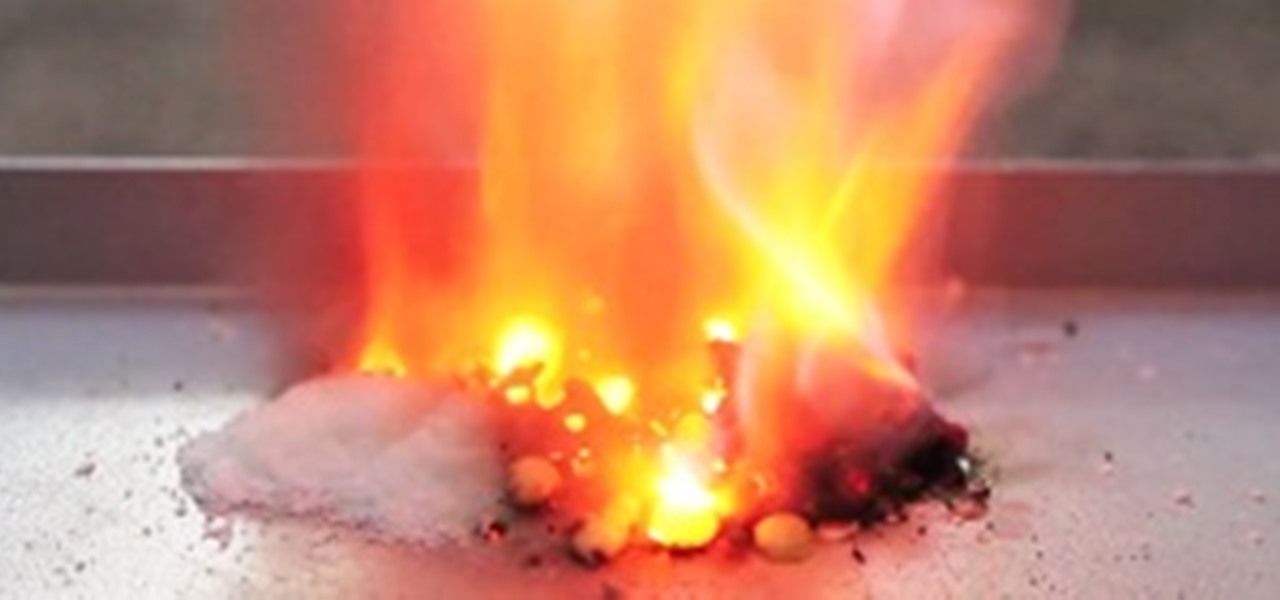
The Sweet Smell of Success: DIY Smoke Mix with Sugar and Potassium Nitrate
I finally got around to trying out another one of Will's mad science experiments and found out that this one was actually more satisfying (and less frustrating) than my slightly uncooperative jar jet. There's something very pleasing about making potassium nitrate at home in the kitchen and then watching the transformation from semitransparent liquid to spiky, frozen crystals. That was the best part for me, second only to igniting it with its sugar companion.
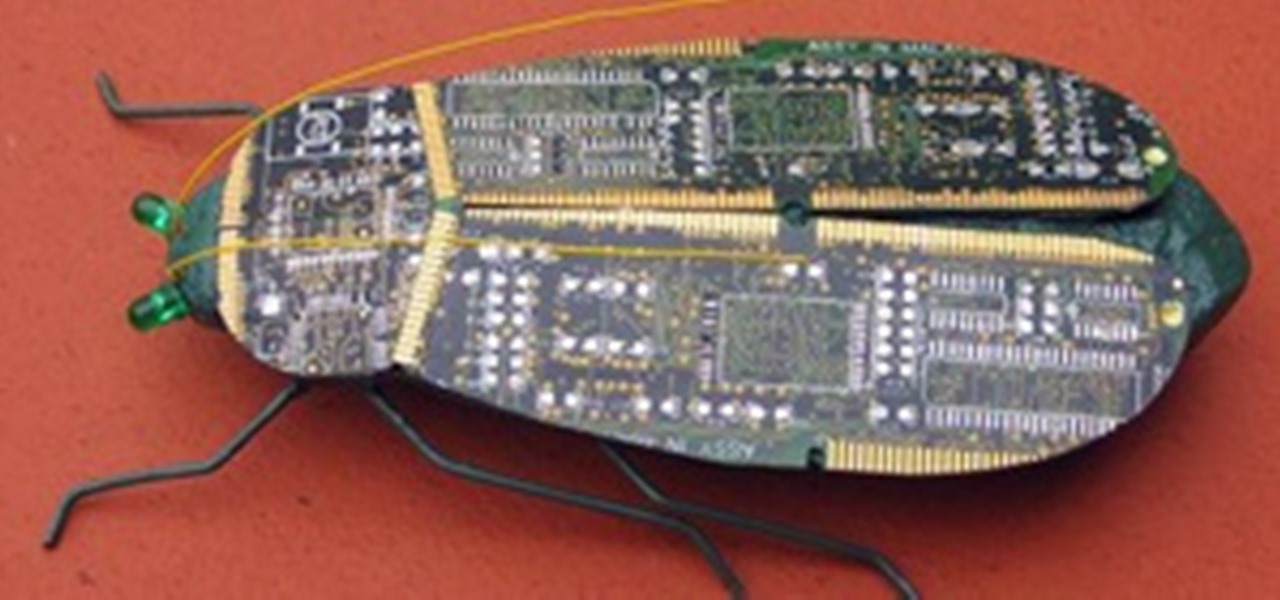
Make a Physical Computer Virus: Plant a Parasite to Prank Your Peeps
Computer viruses are terrifying. They are undetectable, dangerous, and operate constantly right under your nose. For the average computer user, there are only a few repair options. You could buy expensive antivirus software that causes more problems than it fixes, you can wipe your hard drive clean and lose all of your important data, or if all else fails—just switch to Linux.
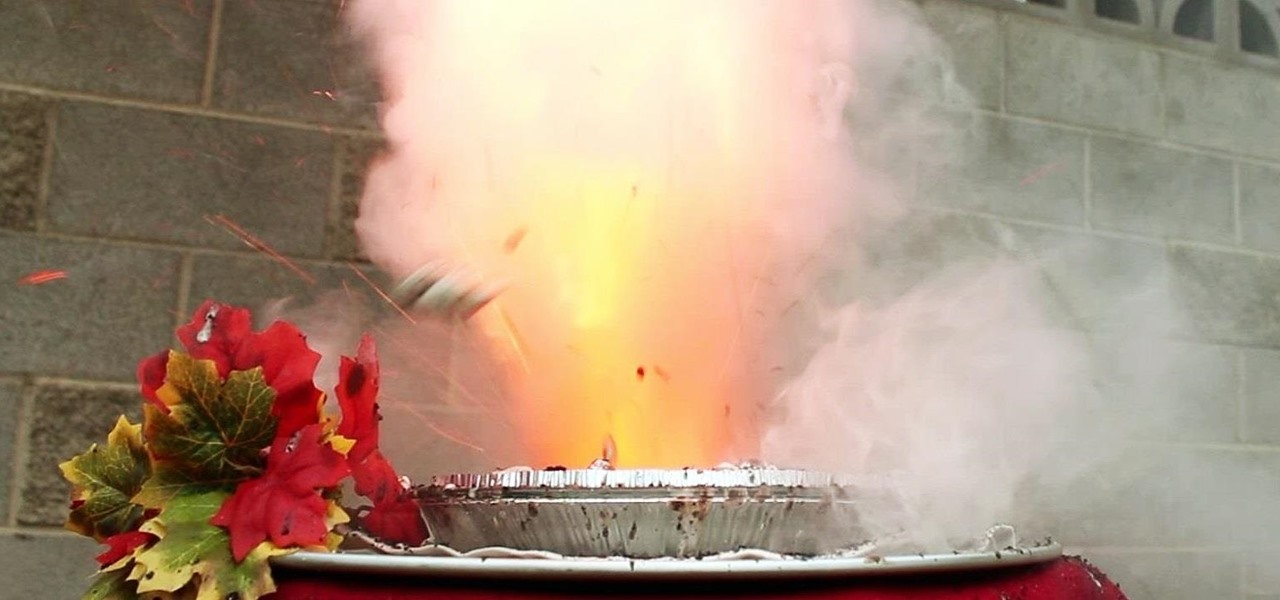
How To: Make a Mega Dangerous PIE-Rotechnic Thanksgiving Dessert
Why can't Thanksgiving be a celebration of fireworks, too? This year, it can be with an innocent looking pumpkin pie that erupts an insane fountain of flames and fire! In fact, the pie filling is actually a flammable mixture of sugar and potassium nitrate, which was made using the same process as my DIY smoke flares with fuses.
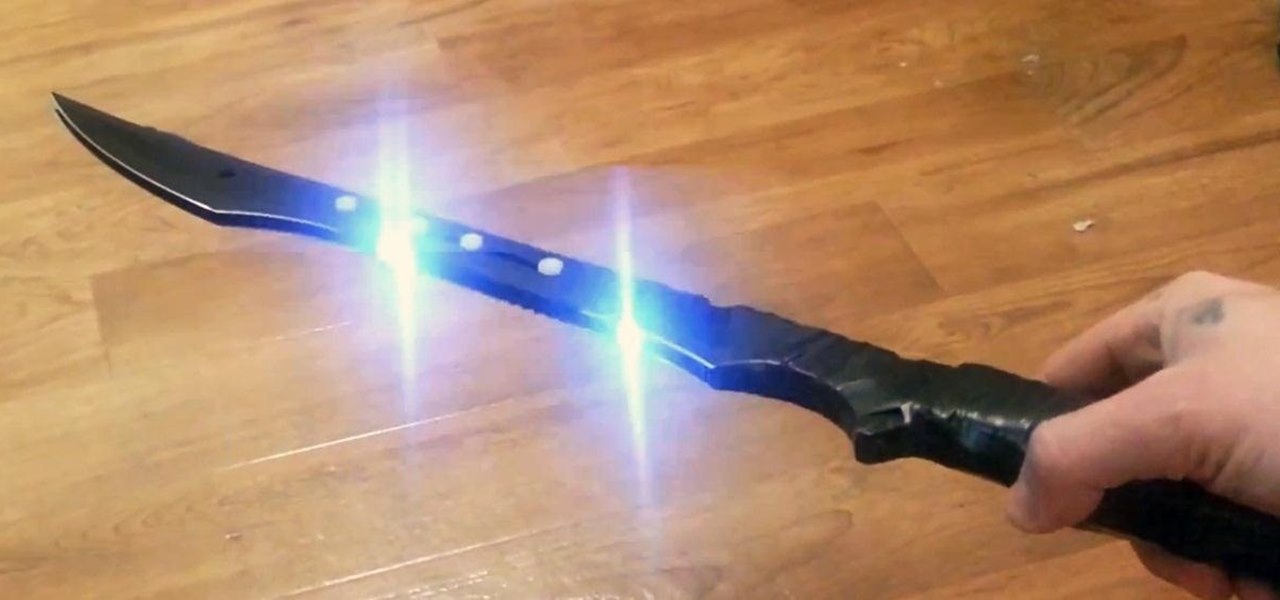
How To: This DIY Double-Bladed 'Stun Sword' Shocks and Slices Simultaneously
When it comes to melee combat, two swords can definitely be better than one. Throw a stun gun on top of that and you've got a seriously terrifying weapon. That's exactly what YouTuber jonathanj9969 did with his homemade double-bladed stun sword.


